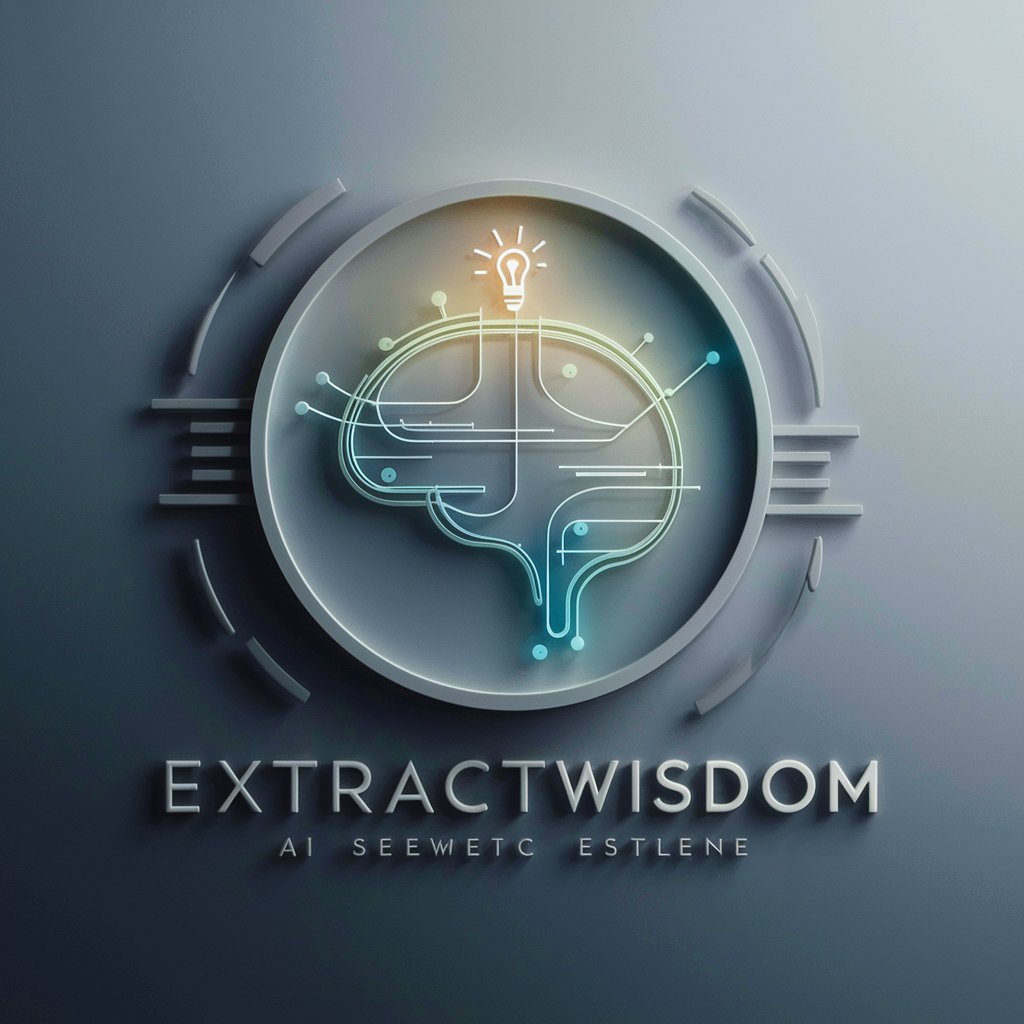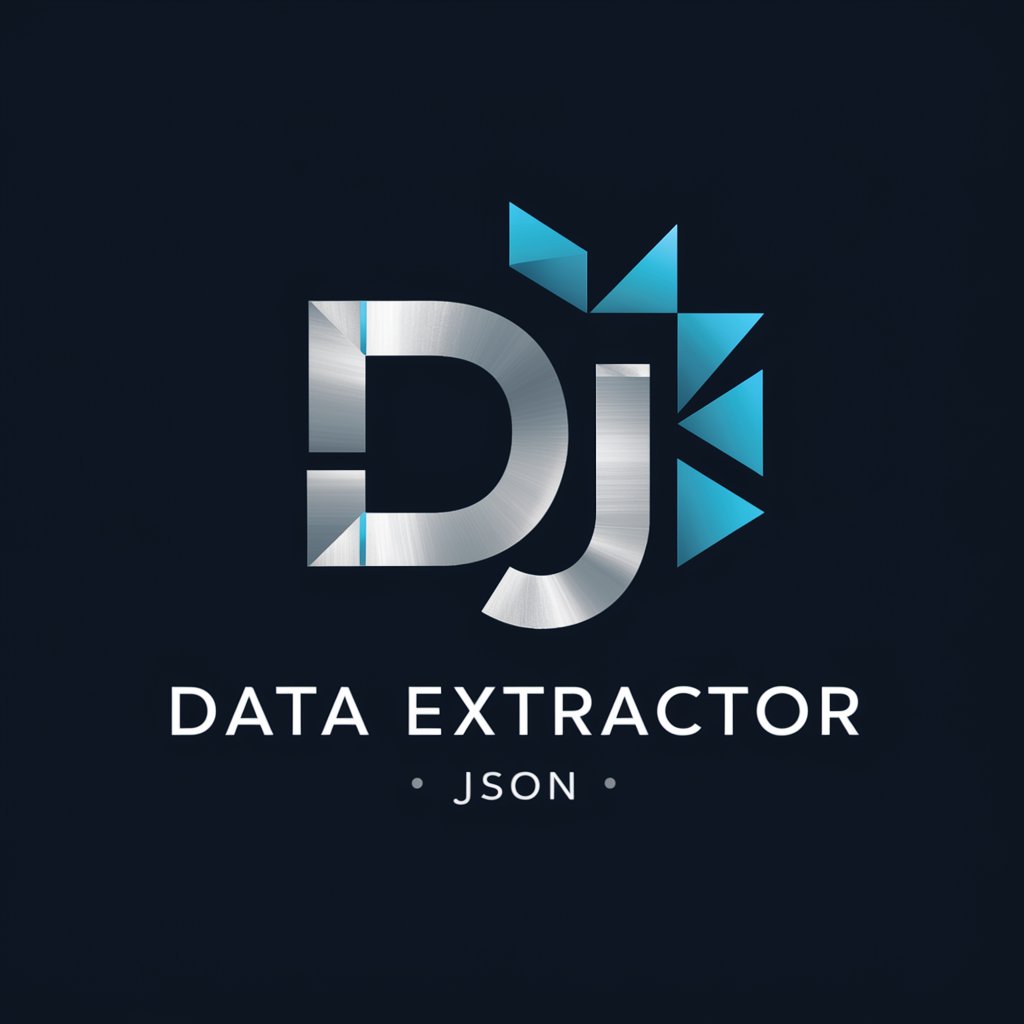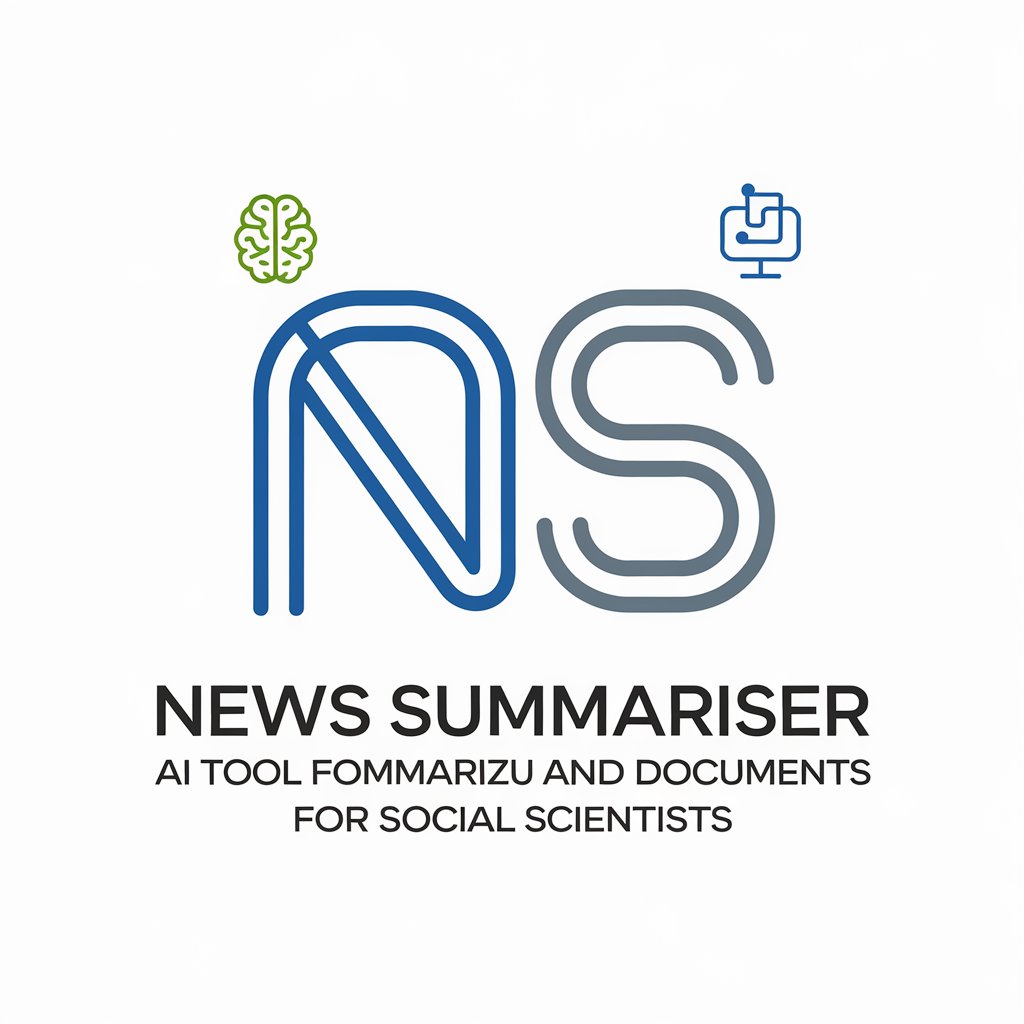
Knowledge Domain Term Extractor-semantic term mapping engine
AI-powered semantic term extractor for any domain
List all the main knowledge domain terms to explain a subject as an expert. Join our community: http://ktg.digital/community and access our exclusive SEO program through the Topical Authority course: http://ktg.digital/course
Get Embed Code
The Knowledge Domain Term Extractor (KDTE) is a specialized analytical tool designed to identify, classify, and contextualize domain-specific terminology from a given topic or corpus. Its core function is to extract semantically relevant and contextually significant terms and organize them into structured tables that enhance understanding, search engine optimization (SEO), and content strategy development. KDTE is particularly valuable in the construction of topical maps, knowledge graphs, and comprehensive educational or research-oriented content frameworks. For example, given a topic like 'Search Engine Optimization', the KDTE would identify terms such as 'backlink', 'crawler', 'meta description', and 'semantic relevance', assigning each a definition, contextual relevance score, adjacent topical clusters (like content marketing or technical SEO), and associated named entities (e.g., Google, Bing, Ahrefs). This enables deeper semantic layering in content development, precise entity linking for machine-readable structures, and informed content planning.
Core Functions andKnowledge Domain Term Extractor Real-World Applications
Semantic Term Extraction
Example
Extracting terms like 'canonical tag', 'CTR', and 'indexing API' from the topic 'Technical SEO'.
Scenario
A content strategist needs to build a content hub around technical SEO. By using KDTE, they obtain a structured table of key terms, understand their interrelations, and generate content that covers the topic comprehensively with proper keyword clustering.
Contextual Relevance Scoring
Example
Assigning an importance score of 9.5 to 'internal linking' within the domain of on-page SEO.
Scenario
An SEO consultant optimizes a website’s topical authority. The relevance scores guide which topics deserve deeper coverage or internal link reinforcement based on their strategic value.
Entity and Predicate Identification
Example
Identifying 'Google', 'Yoast', and 'schema.org' as entities, and predicates like 'improves', 'affects', 'crawls' in relation to SEO terms.
Scenario
In building a knowledge graph for a digital marketing course, a data architect uses KDTE’s outputs to define nodes and relationships between entities and predicates, enabling semantic search and question answering within the platform.
Ideal Users and Beneficiaries
SEO Professionals and Content Strategists
These users benefit from KDTE’s structured breakdown of domain-specific knowledge to plan content, build topical authority, and inform internal linking strategies. By understanding which terms are central to a topic and how they relate, they create content that ranks better and aligns with search engine algorithms.
Researchers, Academics, and Knowledge Engineers
For users involved in knowledge modeling, ontological mapping, or academic taxonomy generation, KDTE provides a foundation for constructing semantic structures, taxonomies, and domain-specific dictionaries. The clarity in entity and predicate mapping is especially beneficial in AI, NLP, and knowledge graph development.
How to Use the Knowledge DomainJSON Code Correction Term Extractor
Step 1
Visit aichatonline.org for a free trial without login, also no need for ChatGPT Plus.
Step 2
Enter the topic name you want to analyze—this can be a broad field like 'Neuroscience' or a specific niche such as 'Quantum Cryptography'.
Step 3
The tool will generate a semantic table with over 100 terms relevant to the domain, including definitions, importance scores, related contexts, named entities, and key predicates.
Step 4
Review and download the term structure for use in academic writing, SEO strategy, curriculum design, or research outlining.
Step 5
Refine your inputs or combine multiple outputs for deeper analysis. Use the terms as seed keywords or semantic clusters for content planning or educational mapping.
Try other advanced and practical GPTs
IndustrialGPT
AI-driven clarity for industrial efficiency.

Ghost Writer
AI-Powered Writing, Personalized to You

Microcontroller Hardware and Code Expert
AI-powered microcontroller coding and wiring assistant

NEO - New Energy Oracle (Divination)
AI-powered Elemental Oracle for Deep Insight

Logo设计师
AI-crafted logos with photographic precision

SqlServerGPT
AI-Powered Expert for SQL Server Tasks

Astrología Natal
AI-powered natal chart insights for deep self-awareness

THE PIRATE - IMAGE PROMPT MASTER
AI-powered prompt wizard for visual creators

EconGuru
AI-powered expert in economic theory and models.

Narrator
AI-powered second-person adventure narrator

PyCharm Expert
AI-driven assistant for Python development in PyCharm

GPT2-CHATBOT
AI-Powered Thought Engine for All Minds

- Academic Research
- Content Strategy
- Curriculum Design
- Semantic SEO
- Topic Modeling
Q&A About the Knowledge Domain Term Extractor
What kind of topics can I analyze using the Knowledge DomainJSON Error Fix Term Extractor?
You can analyze nearly any topic with structured terminology—ranging from scientific fields like 'Molecular Biology' to professional sectors like 'Digital Marketing'. The tool excels in semantically-rich domains with interlinked terms and concepts.
How is the 'importance score' determined for each term?
The importance score reflects the semantic centrality of a term within the selected domain, based on contextual frequency, conceptual relevance, and proximity to core entities. It helps prioritize key concepts in research or SEO.
Can this tool be used for SEO content planning?
Yes, it’s highly effective for SEO. The extracted terms serve as LSI keywords, semantic clusters, and topic silos for structured content development and improving topical authority.
Does the tool support multilingual outputs?
Currently, the default output is in English. However, translated summaries or tables can be requested separately. Full multilingual term extraction may be available in future updates.
What makes this tool different from a simple keyword extractor?
Unlike keyword extractors that focus on raw frequency, this tool delivers a semantically mapped knowledge graph. It includes definitions, interrelationships, and contextual metadata, making it ideal for deep learning, content strategy, or curriculum development.






